Features > Property News & Insights > Market updates
Sydney and Melbourne to lead home price boom - ANZ
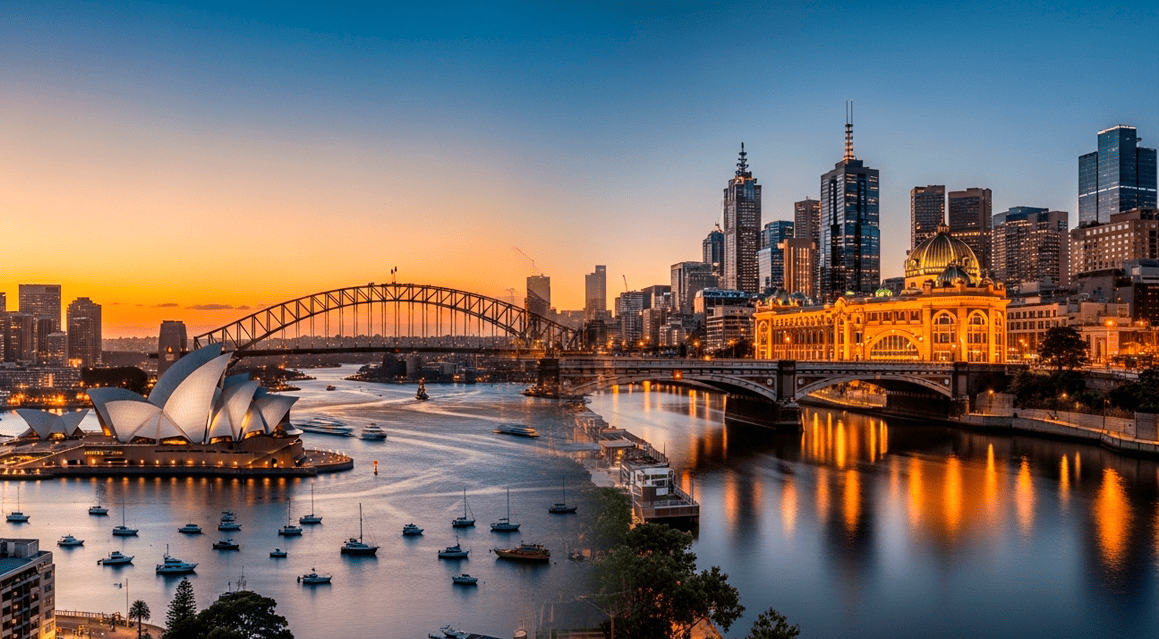
KEY POINTS
- ANZ Bank says it expects capital city housing prices to rise 5.0% in 2025 and 5.8% in 2026, driven by rate cuts, limited housing supply, and affordability trends
- Sydney and Melbourne are tipped to accelerate sharply in 2026, with growth of 6.3% and 6.6% respectively, before easing slightly in 2027
- Melbourne’s expected rebound in 2026 will be affordability-driven, while Adelaide may slow due to high prices and stock growth exceeding population growth
One of Australia’s “Big 4” banks has upgraded its housing price forecasts - with the country’s two largest cities set to lead the charge.
ANZ Bank’s economic research team says it now expects capital city prices to rise 5.0% during 2025 and 5.8% in 2026, listing rate cuts, limited supply and affordability as key market drivers.
The details
ANZ Research says the Reserve Bank of Australia’s decision to start cutting rates in February 2025 “nudged Australia’s housing market, lifting capital city prices out of a shallow three-month downturn.”
Since then, economists Madeline Dunk and Adam Boyton note that “momentum has been building”.
Over the past three months, capital city housing prices have grown quickly - at what they say would be an annualised rate of 7.4%.
The ANZ economists point out that in previous RBA easing cycles, capital city prices have risen by 6.1% on average over the first year (and 7.4% excluding the post-GFC easing cycle).
ANZ says that after rate cuts in February, May and August, it expects the RBA to cut rates again by 25 basis points in November.
After factoring in the downturn at the start of the year, this should still mean that capital city housing prices in Australia should see 5% price growth this year and 5.8% in 2026.
Sydney and Melbourne will put in an under-average performance of 4.6% and 4.1% respectively this year before the full effect of lower interest rates kicks in.
That will see Sydney’s price growth performance accelerate to 6.3% next year before easing back to a steadier 5.3% in 2027.
Melbourne is forecast to leap ahead to 6.6% price growth next year, before moderating slightly to 6.2% in 2027.
Pointing out that capital city housing prices have already risen 3% since the RBA began cutting rates in February, Madeline Dunk and Adam Boyton say they believe “some of the recent strength in housing prices is due to the lack of stock on the market.”
“New listings are down more than 10% year-on-year, and total listings are about 29% below the 10-year average.”
While they expect new property listings to rise as the traditional Spring “selling season” gets underway, in the medium term, the continuing housing undersupply will continue to place pressure on prices, “particularly in areas where population growth is strong.”
Madeline Dunk and Adam Boyton say that the housing supply-demand imbalance will continue to influence prices.
“Since 2020, Victoria has had more dwelling completions than any state, surpassing NSW by 64k,” they say.
“However, population growth has not kept pace with the rise in Victoria’s dwelling stock.
“We think this has contributed to some of the softer outcomes in Victoria’s housing market.
“In contrast, other parts of the country have seen population growth outpace growth in the number of dwellings,” Dunk and Boyton say.
“In WA, QLD and the NT, this gap has been widening, helping to keep the housing markets tight.”
However, the ANZ Research team thinks affordability constraints will prevent a sharp national upswing in price growth.
“Cheaper properties are recording stronger price growth, with those in the bottom price quartile up 5.7% year-on-year in July versus 1.2% year-on-year for those in the top quartile,” Madeline Dunk and Adam Boyton say.
So, despite that relative housing oversupply, they expect Melbourne “to experience an affordability-driven boost in 2026, while Adelaide may struggle given the 76% rise in prices over the past five years.”
ANZ Research points out that after Sydney, Adelaide is the second least affordable capital to own a property.
However, with the dwelling stock now growing faster than population in South Australia, ANZ believes this “may contribute to a slowdown in the pace of housing price growth in SA.”
Rents
ANZ Research says there were signs the rental market was re-tightening during the first three months of the year, “with growth in advertised rents rising and rental vacancy rates falling,” but this has eased during April, May and June.
There was 4.5% year-on-year rental price growth in April, May and June, according to ANZ, the softest growth since 2022.
However, “on a six-month annualised basis, advertised rents in the capital cities rose 5.3% in July (up from the 0.2% fall seen in six-month annualised rents at the end of 2024).”
Madeline Dunk and Adam Boyton note that there’s a close relationship between household size and rental vacancy rates.
While household sizes increase again, as people form larger rental households or move back in with relatives to save money, the ANZ economists believe this may have peaked.
“We doubt household size will return to where it was before the pandemic,” they say.
“Indicators such as rental vacancy rates and the unemployment rate, which track household size closely, have stabilised recently.
“COVID also had a transformative impact on people's living preferences, especially with the increase in hybrid working arrangements.”
In other words, the already tight rental-vacancy rate, which helps put upward pressure on rent prices, looks unlikely to ease much further in the foreseeable future.
Stay Up to Date
with the Latest Australian Property News, Insights & Education.




.png?width=292&height=292&name=Copy%20Link%20(1).png)
 SIGN UP FOR FREE NEWSLETTER
SIGN UP FOR FREE NEWSLETTER
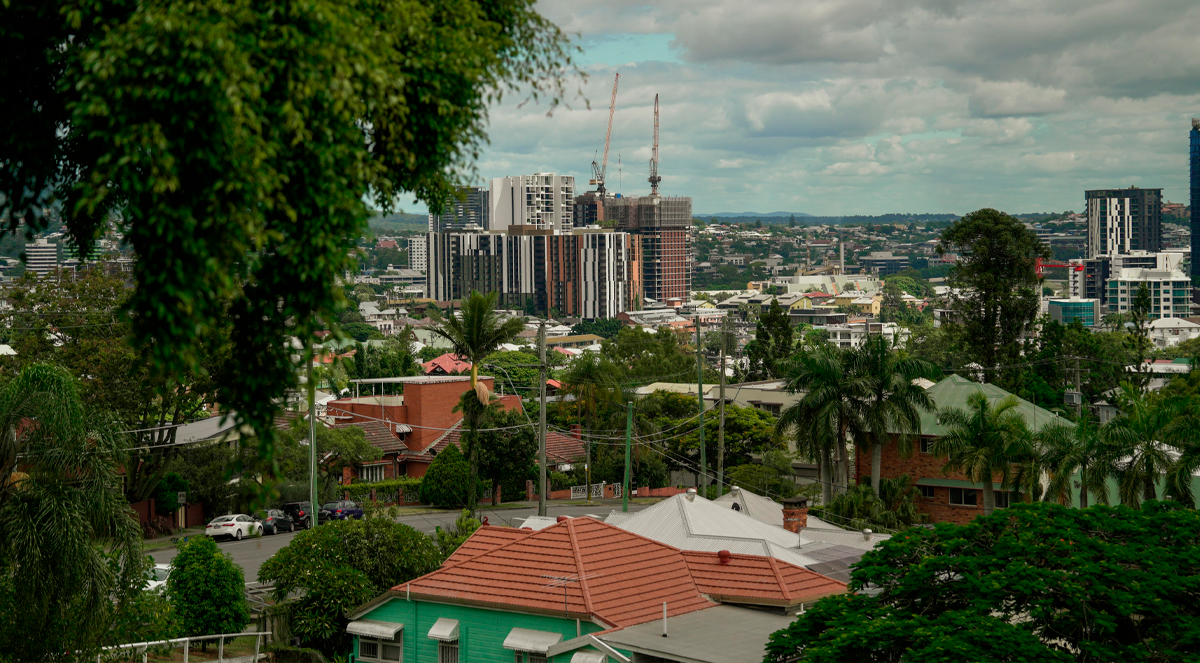
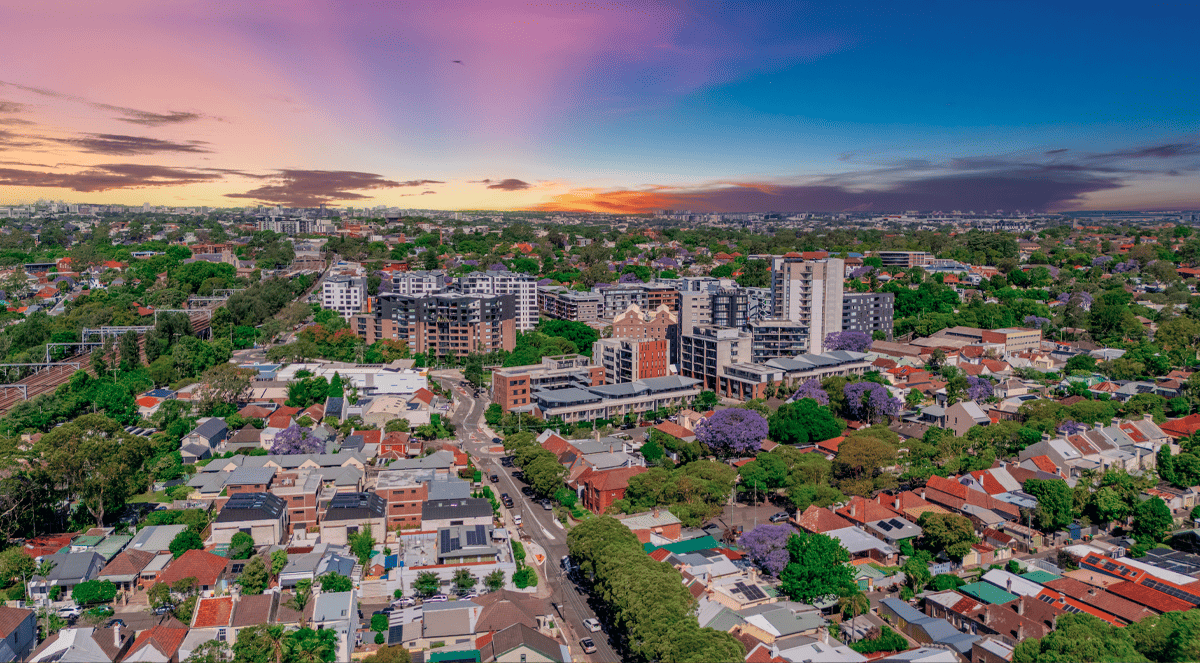
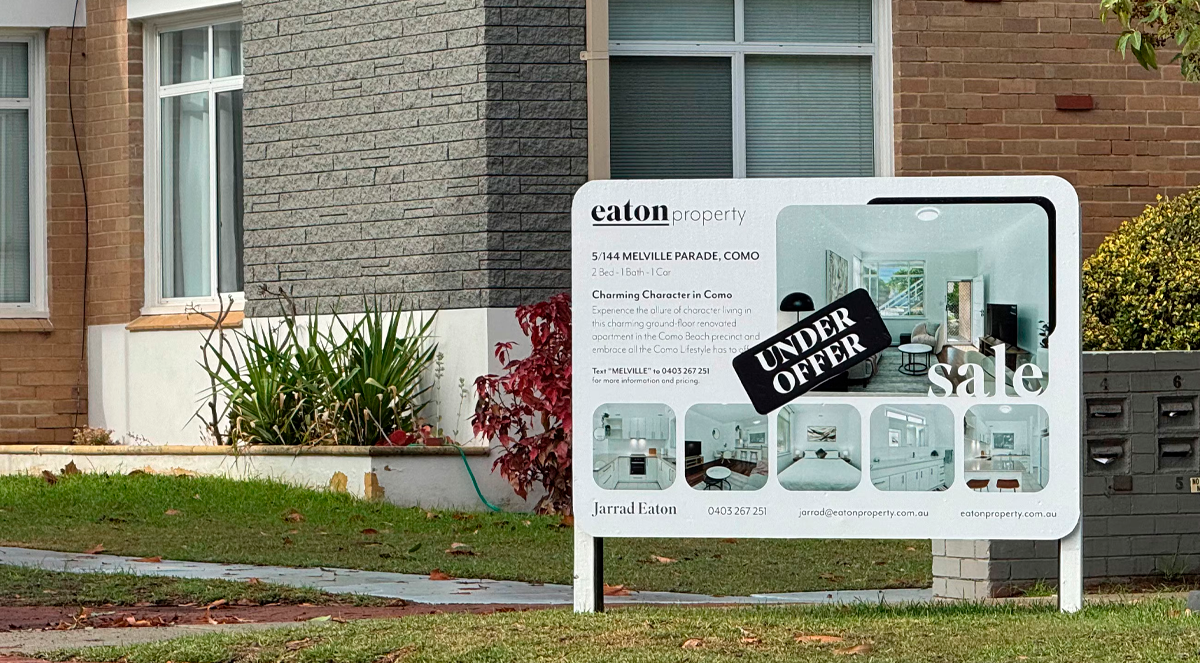

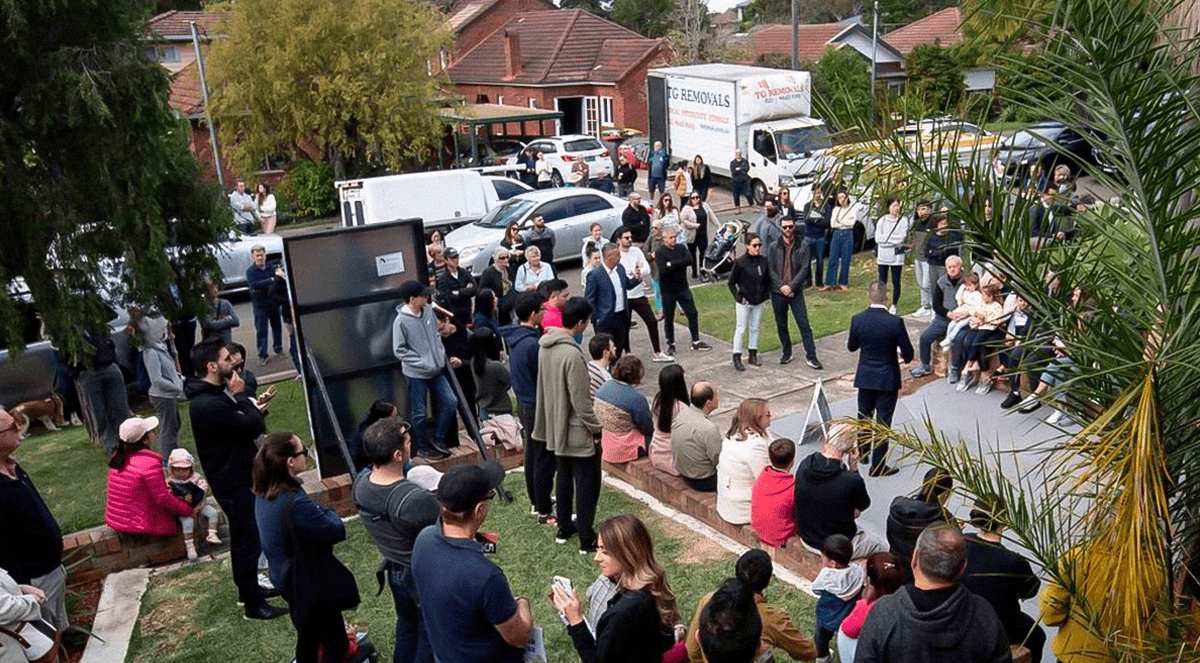
.jpg?width=1920&height=1080&name=Warning%2c%20You%20Might%20Be%20Facing%20Higher%20Taxes%20Soon%20(1).jpg)





.png?width=1920&height=1080&name=Rate%20Drops%20Signal%20BIGGEST%20Property%20Boom%20in%20DECADES%20(1).png)

.jpg?width=1920&height=1080&name=Labor%20vs%20Liberal%20These%20Housing%20Policies%20Could%20Change%20the%20Property%20Market%20Forever%20(1).jpg)
.jpg?width=1920&height=1080&name=QLD%20Slashes%20Stamp%20Duty%20Big%20News%20for%20Investors%20%26%20Home%20Buyers%20(1).jpg)
.jpg?width=1920&height=1080&name=Trump%20Just%20Slapped%20Tariffs%20%E2%80%93%20Here%E2%80%99s%20What%20It%20Means%20for%20Australia%20(1).jpg)
.jpg?width=1920&height=1080&name=Federal%20Budget%202025%20More%20Debt%2c%20No%20Housing%20%E2%80%93%20Here%E2%80%99s%20What%20You%20Need%20to%20Know%20(1).jpg)
.jpg?width=1920&height=1080&name=Australias%20Housing%20Crisis%20is%20about%20to%20get%20MUCH%20Worse%20(New%20Data%20Warns).jpg)
%20(1).jpg?width=1920&height=1080&name=Australias%20RENTAL%20CRISIS%20Hits%20ROCK%20BOTTOM!%20(2025%20Update)%20(1).jpg)
%20(1).png?width=1920&height=1080&name=Is%20Adelaide%20Still%20a%20Good%20Property%20Investment%20(2025%20UPDATE)%20(1).png)
.jpg?width=1920&height=1080&name=RBA%20Shocks%20with%20Rate%20Cuts!%20What%E2%80%99s%20Next%20for%20Property%20Investors%20(1).jpg)
%20(1).jpg?width=1920&height=1080&name=I%20Predict%20The%20Feb%20Rate%20Cut%20(My%20Price%20Growth%20Prediction)%20(1).jpg)
.png?width=1920&height=1080&name=Why%20Property%20Prices%20Will%20Rise%20in%202025%20Market%20Predictions%20(1).png)
.jpg?width=1920&height=1080&name=Why%20Investors%20Are%20Choosing%20Apartments%20Over%20Houses%202%20(1).jpg)
.jpg?width=1920&height=1080&name=Why%20Rate%20Cuts%20Will%20Trigger%20A%20Property%20Boom%20(1).jpg)
.jpg?width=1920&height=1080&name=Retire%20On%202Million%20With%20One%20Property%20(Using%20SMSF).jpg)
.jpg?width=1920&height=1080&name=4%20Reasons%20Why%20You%20Should%20Invest%20in%20Melbourne%20Now%20(1).jpg)
%20(1).jpg?width=1920&height=1080&name=Old%20Property%20vs%20New%20Property%20(Facts%20and%20Figures%20Revealed)%20(1).jpg)
%20(1).jpg?width=1920&height=1080&name=Will%20The%20New%20QLD%20Govt%20Create%20a%20Property%20Boom%20or%20Bust%20(My%20Prediction)%20(1).jpg)
%20Scott%20Kuru%20(1).jpg?width=1920&height=1080&name=Inflation%20Hits%20Three-Year%20Low%20(Will%20RBA%20Cut%20Rates%20Soon)%20Scott%20Kuru%20(1).jpg)
.jpg?width=1920&height=1080&name=How%20to%20Buy%20Investment%20Property%20Through%20SMSF_%20The%20Ultimate%20Guide%20(1).jpg)
.jpg?width=1920&height=1080&name=Victoria%20Slashes%20Stamp%20Duty%20Melbourne%20Set%20to%20Boom%20Scott%20Kuru%20(1).jpg)
.png?width=1571&height=861&name=Are%20Foreign%20Buyers%20Really%20Driving%20Up%20Australian%20Property%20Prices%20(1).png)
.jpg?width=1920&height=1080&name=The%20Single%20Factor%20That%20Predicts%20Property%20Growth%20Regions%20(1).jpg)
%20Scott%20Kuru%20(1).jpg?width=1920&height=1080&name=My%20Prediction%20On%20Rates%20%26%20Negative%20Gearing%20(Market%20Crash)%20Scott%20Kuru%20(1).jpg)

-1.png?width=1920&height=1080&name=Major%20Banks%20Cut%20Rates%20Will%20RBA%20Follow%20Suit%20(Sept%20Rate%20Update)-1.png)
%20Scott%20Kuru-1.png?width=1920&height=1080&name=Rate%20Cut%20Coming%20What%20New%20Zealands%20Move%20Means%20for%20Australia%20(Sept%20Prediction)%20Scott%20Kuru-1.png)
%20(1).jpg?width=1920&height=1080&name=Buy%20when%20the%20interest%20rates%20are%20high!%20(Why%20you%20must%20buy%20now!)%20(1).jpg)
.jpg?width=1920&height=1080&name=Carms_Revised%20Taxes%20Due%20Aug%209%20YT%20Thumbnail02%20(1).jpg)
.jpg?width=1920&height=1080&name=Carms_Too%20Little%20Too%20Late%20Aug%207%20YT%20Thumbnail01%20(1).jpg)









.jpg?width=1920&height=1080&name=Carms_Rate%20Drop%20In%20July%20Jun%2010%20YT%20Thumbnail02%20(1).jpg)
.jpg?width=1920&height=1080&name=Carms_Own%20a%20Property%20V6%20Jun%205_YT%20Thumbnail%20(1).jpg)









.png?width=1920&height=1080&name=Artboard%201%20(3).png)






.jpg?width=1920&height=1080&name=YT%20thumbnail%20%20(1).jpg)

